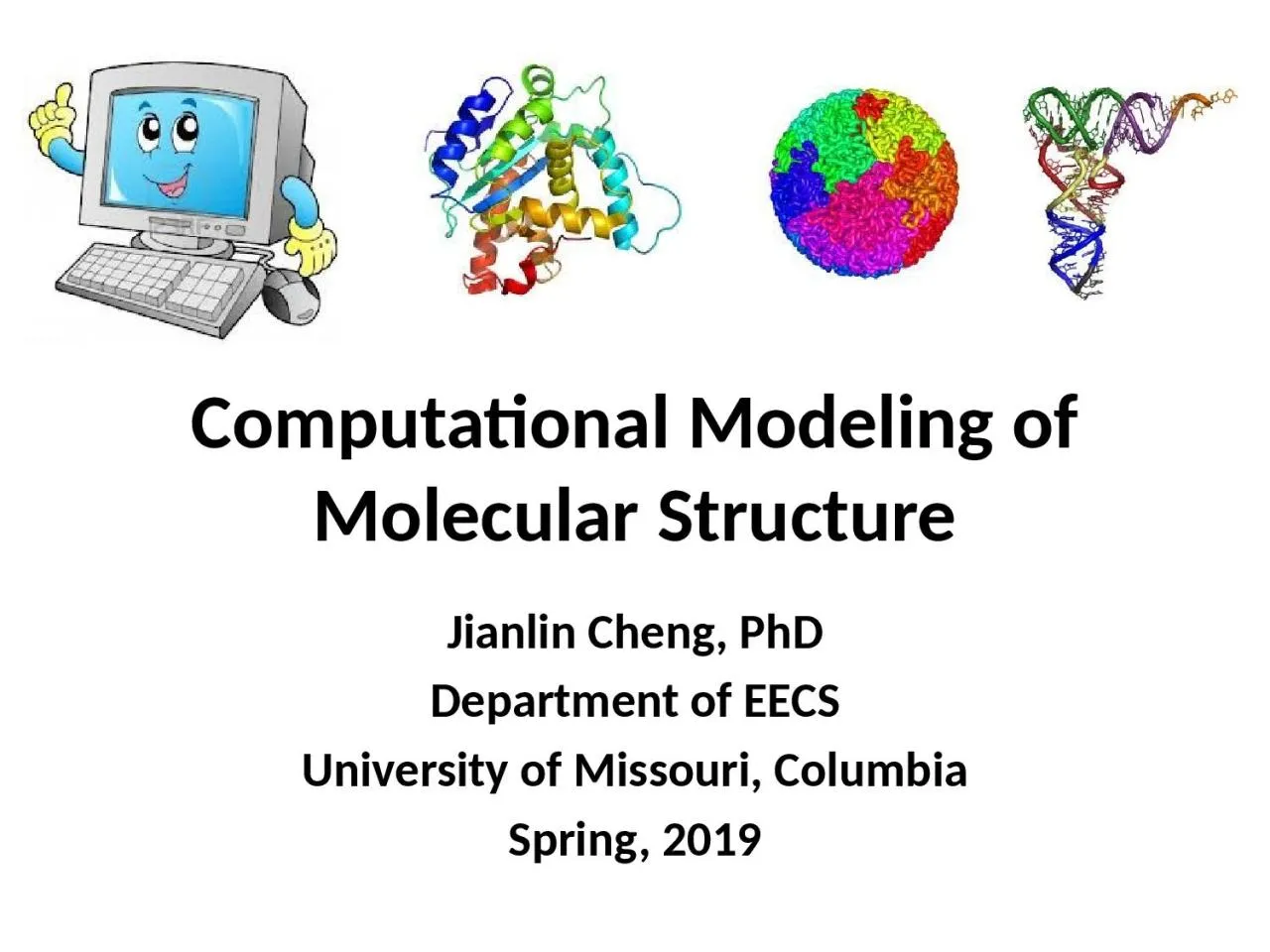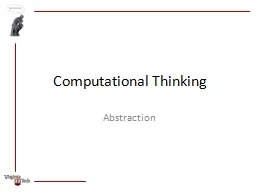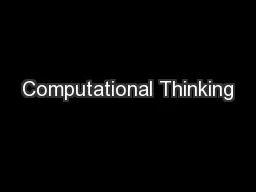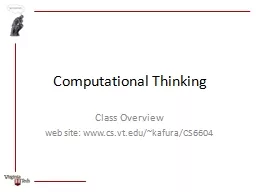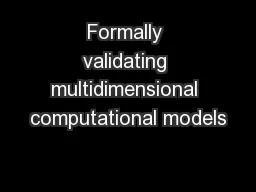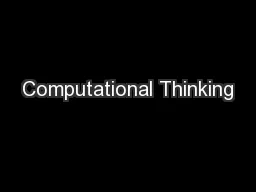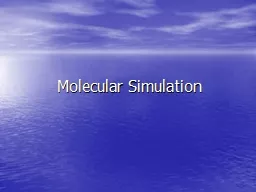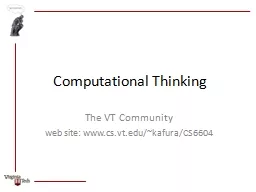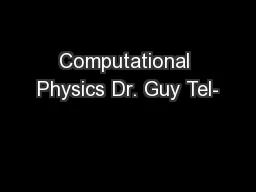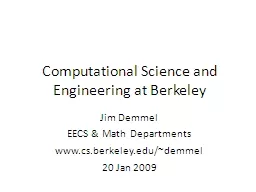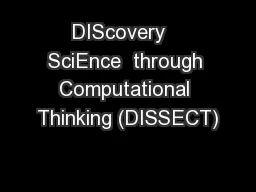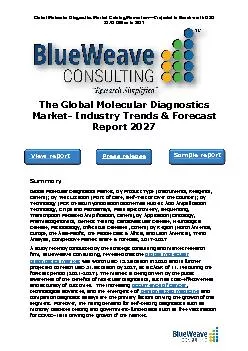PPT-Computational Modeling of Molecular Structure
Author : dorothy | Published Date : 2022-06-01
Jianlin Cheng PhD Department of EECS University of Missouri Columbia Spring 2019 The Genomic Era Collins Venter Human Genome 2000 DNA Sequencing Revolution Scientists
Presentation Embed Code
Download Presentation
Download Presentation The PPT/PDF document "Computational Modeling of Molecular Stru..." is the property of its rightful owner. Permission is granted to download and print the materials on this website for personal, non-commercial use only, and to display it on your personal computer provided you do not modify the materials and that you retain all copyright notices contained in the materials. By downloading content from our website, you accept the terms of this agreement.
Computational Modeling of Molecular Structure: Transcript
Download Rules Of Document
"Computational Modeling of Molecular Structure"The content belongs to its owner. You may download and print it for personal use, without modification, and keep all copyright notices. By downloading, you agree to these terms.
Related Documents

